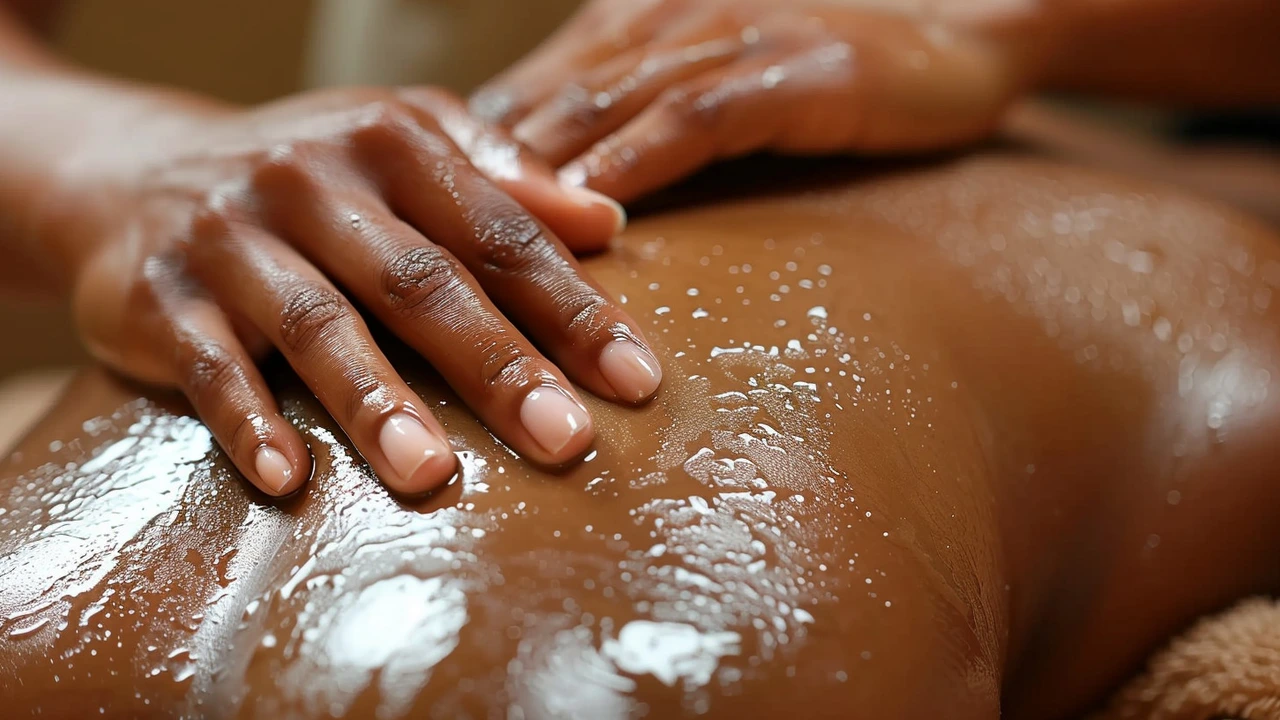Exploring the History and Origins of Hot Stone Massage
In ancient times, civilizations discovered the healing properties of warm stones. Native Americans used heated stones to relieve aching muscles, a practice that has evolved into the hot stone massage we know today. This form of therapy combines traditional massage techniques with the therapeutic application of stones heated in water, offering a unique blend of warmth, pressure, and movement that penetrates deep into the muscles.
The Science Behind Hot Stone Therapy
Biologically, the heat from the stones enhances blood flow to the area being treated, which accelerates the healing process by bringing in nutrients and oxygen while whisking away toxins. The warmth also has a profound sedative effect that can relieve chronic pain, reduce stress, and promote deep relaxation. These effects are not just anecdotal; numerous studies validate the efficacy of hot stone massage in managing pain and improving overall well-being.
Benefits of Hot Stone Massage for Pain Relief
Hot stone massage offers a plethora of benefits for those seeking pain relief and relaxation. It’s particularly effective for people with conditions like arthritis, fibromyalgia, and muscle spasms, providing relief by relaxing muscles, easing pain, and reducing stiffness. The heat helps to increase flexibility, making it easier to perform daily tasks and activities.
Selecting the Right Stones and Equipment
The choice of stones is critical in this therapy; basalt rocks are commonly used due to their smoothness and ability to retain heat. These stones are typically heated in water at temperatures ranging from 120°F to 130°F. Modern practitioners also use specialized heating equipment to ensure the stones are at the perfect temperature to provide therapeutic benefits without causing discomfort.
Mastering Hot Stone Massage Techniques
Professional therapists combine traditional massage techniques with hot stone applications to offer a dynamic therapeutic experience. Techniques may include placing stones at key points on the body, known as chakras, or using them to massage muscles, allowing the heat to penetrate deeply. It’s essential for therapists to have a thorough understanding of anatomy and the specific needs of their clients to tailor the therapy effectively.
Maximizing the Benefits: Tips for Before and After Your Session
To enhance the benefits of hot stone massage, it’s advisable to hydrate well before and after the session. This helps the body to flush out toxins released during the massage. Additionally, taking a warm bath before the massage can help to start the relaxation process and make the skin more receptive to the heat from the stones.
Finding a Qualified Hot Stone Massage Therapist
Choosing the right therapist is crucial to ensuring a safe and beneficial hot stone massage experience. It’s important to select a practitioner who is certified in hot stone therapy and understands the nuances of this specific technique. Consulting reviews and asking for referrals can also be helpful in finding a skilled therapist who meets your needs.
In conclusion, hot stone massage provides a deeply soothing and therapeutic experience, offering significant benefits for pain relief and relaxation. Its ancient roots and scientific basis make it a powerful tool in the modern quest for wellness. As we navigate the stresses of contemporary life, embracing the warmth and healing touch of hot stone therapy can be a path to renewed health and vitality.






